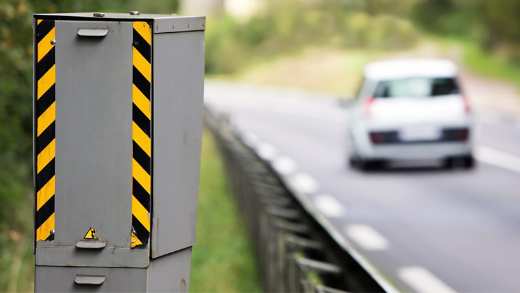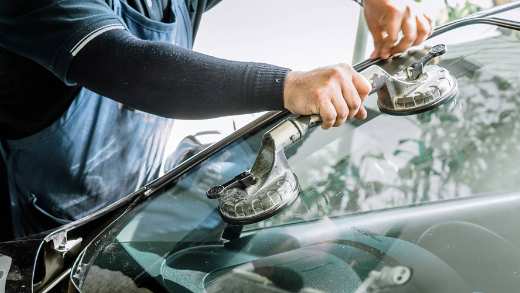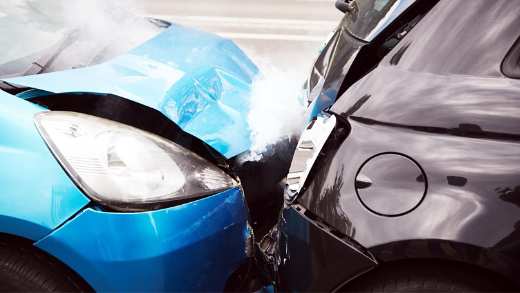As well as how you drive, the make and model of your motor can have a big impact on how much your car insurance could cost.
Insurers use something called ‘car insurance groups’ as one of the factors to work out how much it could cost them (and you) to cover your car.
Here’s our guide to how car insurance groups are decided and how they affect the cost of your insurance premiums.
What is a car insurance group?
Almost every new car built that’s sold in the UK is assigned to a car insurance group.
Each car is assigned to one of 50 car insurance groups under the Association of British Insurer’s (ABI’s) rating system, and each group is assigned a rating based on the level of risk an insurer feels they carry.
Cars with a group 1 insurance rating carry the lowest risk to an insurer – they might have a lot of safety features or are only capable of moderate speeds.
Whereas cars with a group 50 insurance rating pose a high level of risk – expensive super cars that are costly to repair could fall into this group.
Like each individual insurer, we use our own process to set car insurance premiums, but car insurance groups are used to some degree and can give an indication of how much it could cost to insure your car.
How is the car insurance group rating decided?
Every month, the Association of British Insurers (ABI) holds what’s called a Group Rating Panel.
Here, a group of leading insurance companies collectively assign a rating to each new model of car.
The Panel decide which car insurance group each model belongs to by looking at:
- The price of the car when new
- The cost of any replacement parts
- The power and performance of the vehicle (its top speed and 0-60mph acceleration time)
- Security features (alarms, immobilisers and whether it has a visible Vehicle Identification Number (VIN))
Based on this information, as well as research by the Motor Insurance Repair Research Centre (Thatcham), your car will receive its group rating between 1 and 50.
How does my car’s insurance group rating affect my policy?
Looking at the insurance group given to particular models can give you an idea of how risky an insurer deems a particular model to be, and whether they might charge more or less to insure it.
But while you might assume that a Maserati costs more to insure than a Ford Mondeo, there are lots of factors that come into determining the cost of your car insurance – not just the value of the car. Insurance companies will look at lots of factors, such as your driving experience, where you live and how many miles you plan to drive each year.
How can I check my car’s insurance group rating?
If you know the registration of the car you want to check, you’ll find plenty of online tools to help you look up which insurance group it falls into.
Cars with a low insurance group
If you’re looking to buy a new car, but want to keep your insurance costs down, choosing a car with a low insurance group rating can be a good place to start. But it’s important to note that lower grouped cars don’t necessarily mean cheaper premiums anymore.
In 2021 though, you can find Nissan Micras, Kia Rios and some Volkswagen Polo models in car insurance group 1 using the ABI insurance group system. While in group 2, you can see a Toyota Yaris and Ford Fiestas.
Reducing your car insurance costs
Remember that your car’s group insurance rating is just one factor that insurance companies take into account when calculating your premium.
As well as choosing a car with a low group insurance rating, there are plenty of other things you can do to reduce you’re the cost of your car insurance.
Security features
Security systems such as alarms and immobilisers can reduce the risk of your car being stolen, which can help with reducing the cost of your premium.
Increase your voluntary excess
If you can, selecting a higher voluntary excess can reduce the cost of your car cover – but remember that you’ll be liable for the extra cost if you do need to make a claim.
Pay your premium upfront
If you can, paying for your annual premium in one go (rather than in monthly instalments) can reduce the overall amount you pay over the course of the year.
Vehicle modifications
Cars with modifications (aside from security features) could increase the cost of your premium – so stick to standard models if you can.
How to reduce the cost of running a car
There are other factors to consider too if you’re looking to reduce the cost of running your car.
Road tax
The amount of road tax you’ll need to pay is based on either the size of the engine size or the type of fuel and its CO2 emissions (if it was registered after 1 March 2001).
You can check the amount of road tax you’ll need to pay with the DVLA.
Fuel consumption
Understanding roughly how much many miles your vehicle will run to the gallon gives you a good idea of how much it could cost to run each month.
You can also check the average fuel consumption of a particular model with the DVLA.
Servicing
Regular maintenance could prevent costly failures, breaking down, and expensive repair bills.
How you drive
Smooth, careful driving and reading the road ahead can maximise fuel efficiency and reduce excessive brake and/or tyre wearing too, since you won’t be harshly accelerating or braking.









